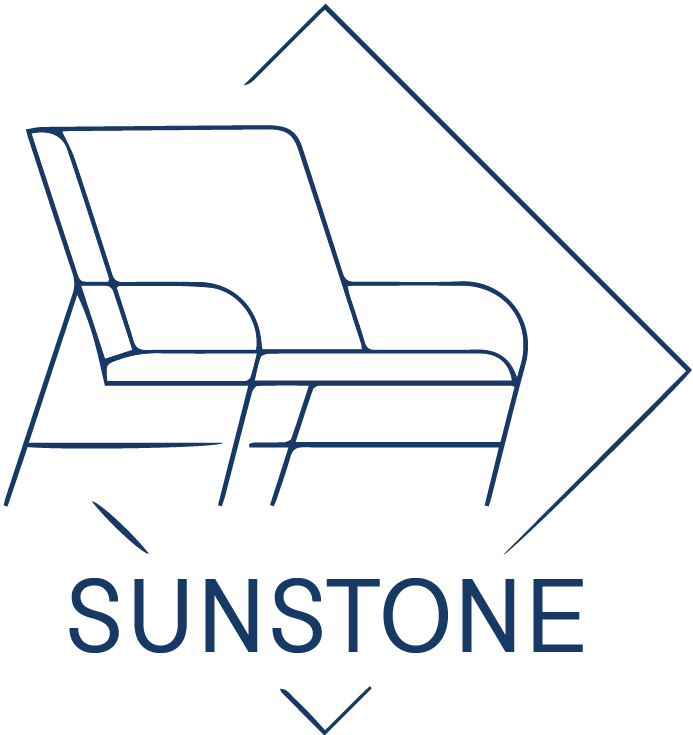How To Attach Outdoor Cushions To Chairs
Outdoor Cushions add comfort, color, and personality to your patio or garden seating. However, wind, movement, or frequent use can cause them to slide or blow away easily. Learning how to attach outdoor cushions properly not only enhances the appearance of your furniture but also ensures safety and long-term durability. Whether you’re working with metal, wicker, or wooden chairs, there are several effective methods to keep your cushions securely in place.
Table of Contents
Understanding Outdoor Cushion Design
Most outdoor cushions are made with water-resistant covers and quick-drying foam interiors. They often come with built-in ties, straps, or non-slip materials, but not all furniture pieces include features that keep cushions firmly attached. Before starting, it’s important to consider your chair type — metal frames may need clips, while wicker or wood chairs can easily support ties or Velcro straps. Proper attachment also helps extend the lifespan of your cushions by reducing friction and UV exposure from constant repositioning.
Method 1: Using Cushion Ties
Cushion ties are the simplest and most common method. Many outdoor cushions already have fabric ties sewn into the back corners. To secure them, loop the ties around the backrest or side bars of the chair and knot them tightly into a bow. This method prevents the cushion from slipping forward when you sit.
For chairs that lack tie points, you can sew or glue small fabric loops onto the cushion cover. Choose UV-resistant nylon or polyester thread for sewing to withstand sunlight and rain. Ties work especially well for wicker and metal chairs with open frames, providing a clean and adjustable attachment option.
Method 2: Velcro Straps
Velcro is ideal for detachable cushions because it allows easy removal for cleaning or storage. You can purchase heavy-duty outdoor Velcro tape that adheres to both fabric and metal or plastic surfaces. Attach one strip to the bottom of the cushion and the corresponding strip to the chair seat. Press firmly so the hook-and-loop fasteners bond securely.
This method is particularly effective for smooth chair surfaces, such as aluminum or plastic frames. To enhance durability, choose industrial-grade Velcro with waterproof adhesive backing, or reinforce it with stitching on fabric cushions.
| Attachment Type | Installation Difficulty | Best For Chair Material | Reusability | Durability |
|---|---|---|---|---|
| Cushion Ties | Easy | Wicker, Wood | High | Moderate |
| Velcro Straps | Easy | Metal, Plastic | High | High |
| Snap Buttons | Medium | Aluminum, Steel | Medium | Very High |
| Non-slip Mats | Very Easy | All Types | High | Moderate |
| Bungee Cords | Medium | Large or Deep Chairs | High | High |
Method 3: Snap Buttons or Clips
For a more permanent solution, use snap buttons or clips to attach cushions directly to the chair frame. This approach is common in high-end outdoor furniture because it ensures the cushions stay perfectly aligned even in windy weather.
To install, sew the female part of the snap onto the cushion and screw or glue the male part onto the chair’s surface. Stainless steel snaps are preferred for outdoor use because they resist corrosion. Plastic clips can also be used if you want a less invasive option. While installation takes a bit more time, this method offers a sleek, professional look and prevents constant adjustment.
Method 4: Non-Slip Mats or Pads
If you prefer not to alter your cushions, placing a non-slip mat underneath is a simple and reversible solution. Cut the mat to fit the seat area, then position the cushion on top. The rubberized texture grips both the chair and cushion fabric, preventing movement. This method works well for wooden or metal chairs and is especially convenient if you often bring the cushions indoors. It’s a great choice for temporary setups during parties or outdoor gatherings.
Method 5: Bungee Cords or Elastic Bands
For deeper or lounge-style chairs, elastic bands or small bungee cords can help hold larger cushions in place. Attach them around the chair back or underneath the seat. The elasticity keeps tension on the cushion, preventing shifting without restricting comfort. Make sure the cords are UV-resistant and water-safe to avoid cracking over time. This approach is suitable for patio sofas and recliners that experience frequent use.
Maintenance Tips for Outdoor Cushions
Once attached, regular maintenance ensures your cushions remain fresh and secure. Clean the covers with mild detergent and water every few weeks, and allow them to air-dry completely before reattaching. Avoid leaving cushions in heavy rain for extended periods, even if they are labeled water-resistant. During the off-season, store them in a dry, ventilated space or use waterproof covers to extend their lifespan.
Recommended Outdoor Furniture
For those who want furniture that combines comfort, style, and convenience, Sunstone Outdoor offers a wide range of cushioned patio chairs and sofas with built-in attachment systems. Our designs feature hidden Velcro straps, tie loops, and ergonomic seat structures that keep cushions in place while enhancing overall aesthetics. Each product is made with weather-resistant fabrics and durable aluminum frames, ensuring stability and long-lasting use in any outdoor environment.
Conclusion
Attaching outdoor cushions to chairs can be done easily with ties, Velcro, snaps, or non-slip mats, depending on your furniture design and usage habits. By securing cushions properly, you not only improve comfort but also maintain a neat and organized outdoor space. For effortless maintenance and superior design, consider upgrading to premium outdoor furniture from Sunstone Outdoor — where quality craftsmanship meets lasting comfort.

